Ruby-crowned kinglets (Regulus calendula). What are they? What’s a kinglet? What do they look like? Hah, beats me. I’ve never seen them in person, yet here’s my blog on these tiny specimens. Don’t worry! I’m not making this stuff up; It’s all researched – I swear. You can even check out my references.
Identification – What are Kinglets?
To make things easier for us bird enthusiasts, there are only two Kinglets in the family, Regulidae (in North America): Ruby-crowned and Golden-crowned (BirdsOfNorthAmerica). Regulus refers to a tiny king, hence the red patch on the males head–resembling a crown. #ShortKingVibes (BirdBot)
These little guys are tiny songbirds – smaller than a chickadee or warbler! They’ve got a relatively large head, and not much of a neck. You’ve heard of “No Neck” Ed before, right? Basically that but cuter. To compliment their small bodies, they also got thin proportional tails and a very small, thin straight bill. (AllAboutBirds)
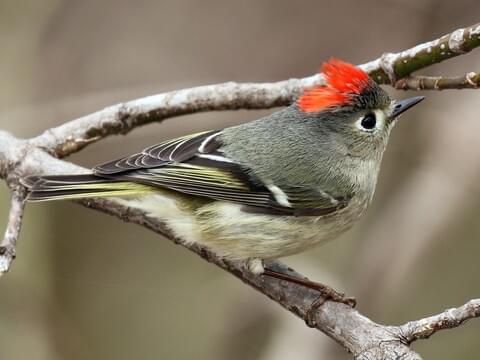
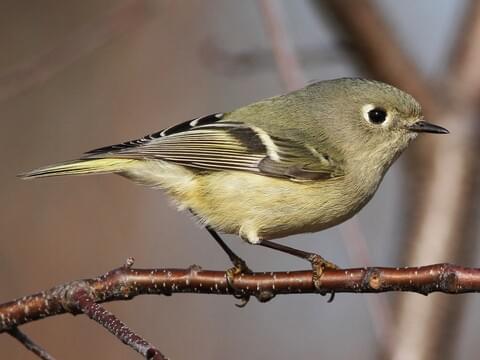
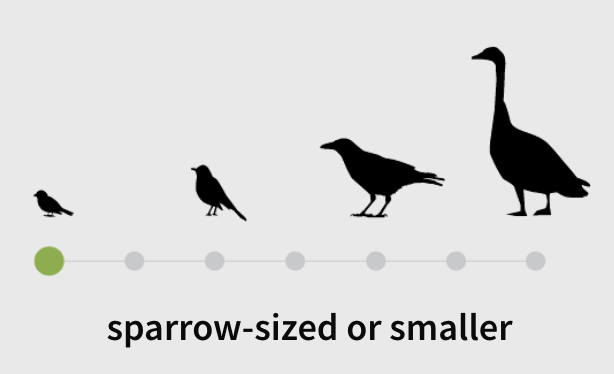
Ruby-crowned kinglets have an olive-green base with contrasts of a white eye ring and wing-bar, also distinctive from the adjacent blackish bar in the wing. Interestingly enough, the ruby crown is only occasionally visible on males. The red will show during times of agitation and excitement (BirdBot). However, there are regional differences within these species. In coastal southern Alaska and British Columbia (that’s us!), their plumage is darker and is found to be slightly smaller elsewhere. (AllAboutBirds)
Female ruby-crowned kinglets are nearly identical to the males, with an exception of their crowns. (BirdBot)
Whilst it’s easy to mistake a Hutton’s Vireo as a Crowned Kinglet (and vice versa), they have their subtle differences.
Hutton’s Vireo has a similar olive-grey colour on the upper-side of its body and lighter below as the kinglets. They also rep the iconic white eye-ring and two white wing-bars. However, the vireo has a thicker bill and is fairly larger than a kinglet. Another key difference are their legs; Noticeable, Hutton’s Vireo has a blue-grey tone, in contrast with the kinglet’s having black legs and yellow feet. If you’re still having troubles, remember that the vireo lacks the black bar behind the lower white wing bar that is present on the wings of Ruby-crowned Kinglets (BirdWeb).
Thankfully, the sister species of the Ruby-crowned Kinglet: Golden-crowned are much more distinctive and can be easily identified comparatively to the Hutton’s vireo.
Fantastic Avians and Where to Find Them
Ruby-crowned kinglets like dense areas, and where is a better place for habitat density than forests? You’ll often find them bouncing between conifer forests like spruce, fir, and tamarack. During the winter and migratory seasons, they are also found lurking in shrubby habitats, parks, suburbs and deciduous forests. So if you’re ever out birding or taking a lovely stroll, keep an ear out for these guys. They are often heard rather than seen (AllAboutBirds).
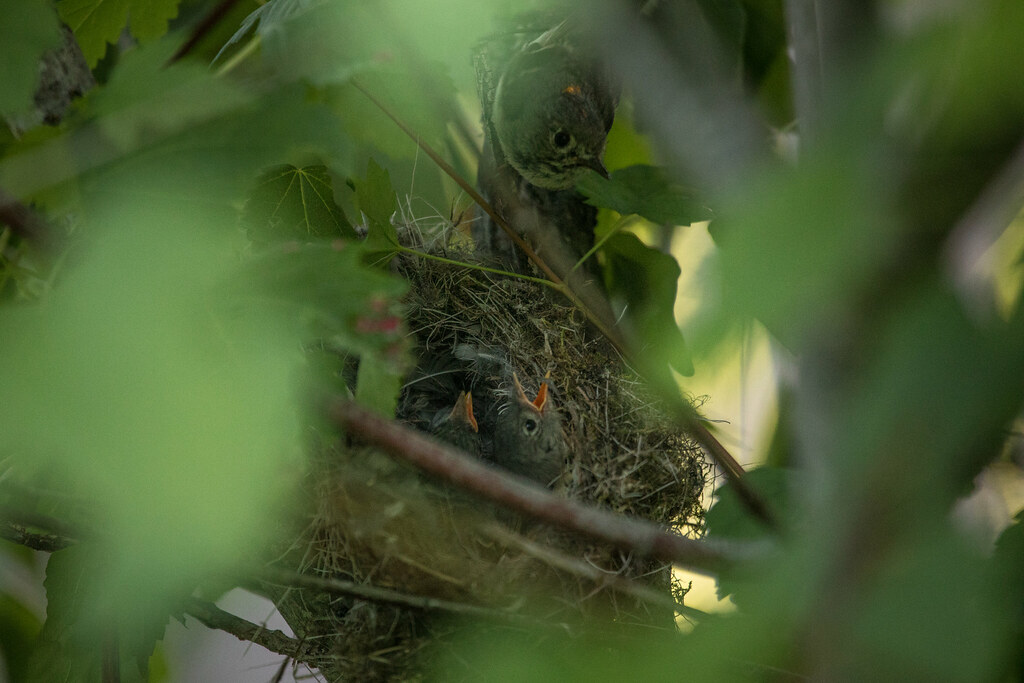
Ruby-crowned kinglets nest in trees way above the ground (as high up as 100 feet), favouring older, taller, and denser stands than younger ones. They like ‘em sturdy! With female kinglets, they will likely choose a nest site near the tree trunk or suspended from small twigs and branchlets. These nest sites are protected and hidden by overhanging foliage. “Wow! I love what you’ve done with the place.”
The nest sites often consisted of feathers, grasses, mosses, spiderwebs, and cocoon silk. And it’s most definitely roomy too! They range from 4-inches wide and 5-6 inches deep from the outside, whereas inside it’s 3-inches across and 2-inches deep. Now it may seem smaller, but the materials allow elasticity and can stretch as the brood grows.
Behaviour – Fun Sized!
Diet and Foraging
These tiny passerines have such a high metabolism making them restless and oddly acrobatic. They are quickly darting through foliage at lower levels than their nests, and to add some sass–flick their wings as they move (AllAboutBirds).
Ruby-crowned kinglets typically prey on various insects and flies such as spiders, wasps, and bark beetles. This is usually done by foraging in tree foliage with hovering and pecking of leaves and branches. To throw in some diet diversity, they also eat seeds and fruits like dogwood berries. We love a well balanced-nutritional meal (AllAboutBirds).
Migration
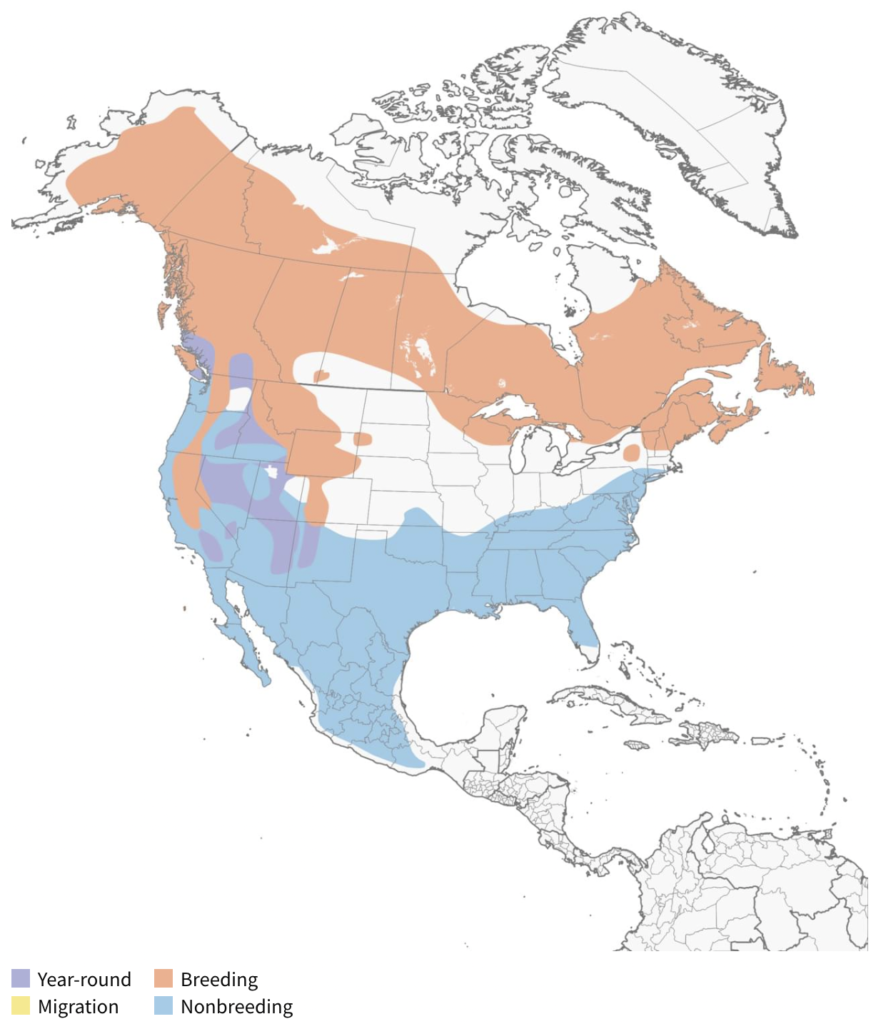
Ruby-crowned Kinglets have shorter migratory regions than golden-crowned have. Ruby-crowned typically breed all across northern North America and western mountains and migrate towards the south of the Americas during the winter non-breeding season (AllAboutBirds).
The Sound of Kinglets
Now, as a writer who shares the same name as the Ruby-crowned kinglet, we like to attract not chase. It’s much more energy efficient. The males use their loud, yet bubbly songs to establish territory, but also a breeding attraction. If successful, the breeding pair stays together for approximately two months until their chicks fledge.
Most commonly, you will hear a kinglet’s harsh call. It’s fast with a two-part scold (You can faintly hear it in the audio attached further below). Sometimes, it can be a long, chattering series or short notes. Whilst most males sing, females also produce alarm calls with their call. (AllAboutBirds)
Conservation Status
Luckily, these adorable sparrow sized creatures aren’t in harm’s way. They are incredibly common and have stable breeding numbers. They can easily adapt to human disturbances and habitat fragmentation, although the unfortunate cases of logging and wildfire may disrupt those stable numbers (AllAboutBirds).
A Quick Recap
The ruby-crowned kinglet is a small migratory bird where its habitat spans across northwestern Alaska to eastern Canada and New England. The male kinglets song comprises three parts that’s quite loud and complex. At the beginning, we are introduced with a series of high-pitched notes, followed by another series of chatter notes that are an octave lower, and ending with a loud 4-note phrase. These ruby-crowned kinglets often sing their hearts out from early spring to late fall with an interruption during the peak nesting period.
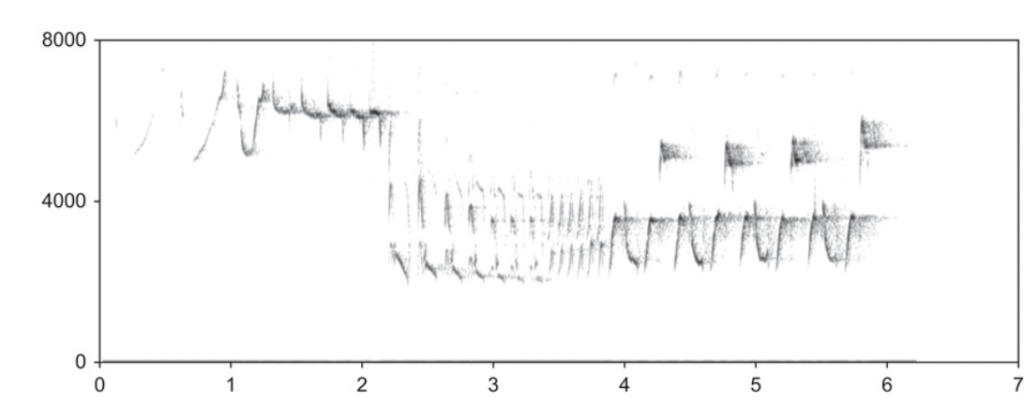
However, compared to other temperate avian species, not much is known about the behaviour of the ruby-crowned kinglet in regards to their song production and singing.
A Studied Research: Let’s Learn More!
In this 2020 research by Mohammad Fahmy and David R Wilson, they studied the ruby-crowned kinglet’s singing behaviour in relation to time-of-day, time-of-year, and social contexts. This was conducted using microphone arrays by quantifying daily, seasonal, and contextual singing patterns to provide insight in the kinglet’s behaviour and ecology. Fahmy and Wilson’s research allows us to understand the causes behind certain patterns and behaviours, as well the communication in relation to territorial defence and male attraction.
How was this study done?
This study was conducted during the 2016/2017 breeding season in Happy Valley-Goose Bay, Labrador, Canada– all within a 40km radius.
Fahmy and Wilson started this study with 112 microphone arrays which comprised three or four autonomous digital audio recorders. These were active for a minimum of 24 hours each from May 16th to July 14th, 2016 and May 16th to June 28th, 2017 (frequency range: 50-20,000 Hz ± 10dB). Fahmy and Wilson also stimulated territorial intrusions by playing pre-recorded songs of ruby-crowned kinglets from a selected bunch of the microphones.
Are you an Early Bird or a Night Owl?
In 2016, song density peaked in week 24 (starting date of June 7th), and then slowly decreased until it ceased in the final week, 28. In 2017, song density peaked in the first week (starting May 19th), and declined throughout the remainder of the breeding season.
Ruby-crowned kinglets began singing after sunrise and reached peak song density approximately between 6-7AM. Then during the rest of the day, varying from 8:00 to 22:00, it steadily declined. There would be some nocturnal singing after 21:30.
The Nuances in Song Behaviour
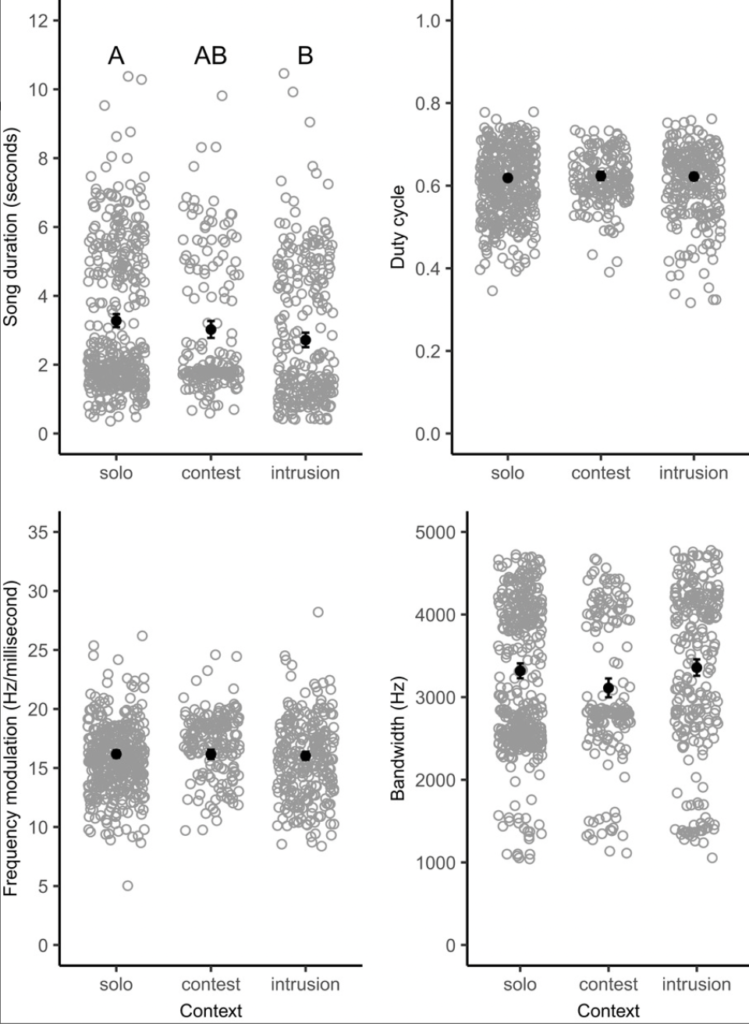
During the breeding season, the song’s function will focus more on territory defence for protection. Whereas afterwards, the diminished song production suggests a continuation of male attraction.
The kinglets sang in response to stimulated intruders, suggesting their song has dual functions of attraction and territory defence. Interestingly, most song structure variables (duty cycle, bandwidth and frequency modulation) did not differ significantly among the three social contexts, which suggests that the different units of the ruby-crowned kinglet’s song do not serve separate functions.
HAPPY BIRDING!
Next time you’re walking through some trees or shrubs, keep your ears open and listen for the melodious sounds of Ruby-crowned Kinglets. Hopefully you can get the chance to see these small birds. Unfortunately, I still have yet to see them.
references
California Wildlife — Ruby-Crowned Kinglet (part 1-of-2) foraging & displaying its red crown. (n.d.). Www.youtube.com. Retrieved November 4, 2022, from https://www.youtube.com/watch?v=9RAnxA4U7NY
Fahmy, M., & Wilson, D. R. (2020). Singing behaviour of ruby-crowned kinglets Regulus calendula in relation to time-of-day, time-of-year and social context. Journal of Avian Biology, 51(7). https://doi.org/10.1111/jav.02467
GlacierNPS. (2018, July 3). Ruby Crowned Kinglet Nest. Flickr. https://www.flickr.com/photos/glaciernps/29305826688
Hutton’s Vireo. (n.d.). BirdWeb. Retrieved November 4, 2022, from https://www.birdweb.org/birdweb/bird/huttons_vireo
Kinglets (Regulidae) – Birds of North America – North American Birds. (n.d.). Www.birds-of-North-America.net. Retrieved November 4, 2022, from https://www.birds-of-north-america.net/kinglets.html
Ruby-crowned Kinglet: Identification and Behavior. (n.d.). Www.bird.bot. Retrieved November 4, 2022, from https://www.bird.bot/post/ruby-crowned-kinglet
Ruby-crowned Kinglet – North Carolina Bird Atlas. (n.d.). Ebird.org. Retrieved November 4, 2022, from https://ebird.org/atlasnc/species/ruckin
Ruby-crowned Kinglet Overview, All About Birds, Cornell Lab of Ornithology. (n.d.). Www.allaboutbirds.org. Retrieved November 4, 2022, from https://www.allaboutbirds.org/guide/Ruby-crowned_Kinglet/overview
Ruby-crowned Kinglet Song! Ruby-crowned Kinglet Call! – Reyezuelo Rubí Canto – Regulus Calendula. (n.d.). Www.youtube.com. Retrieved November 4, 2022, from https://youtu.be/3XBuzPFh-e
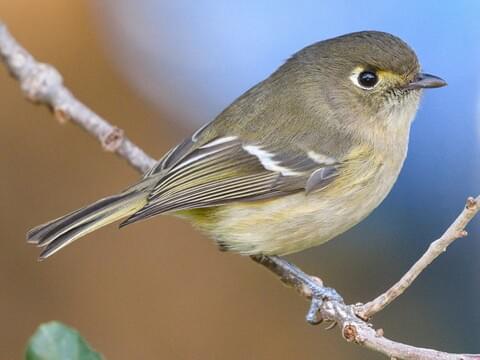
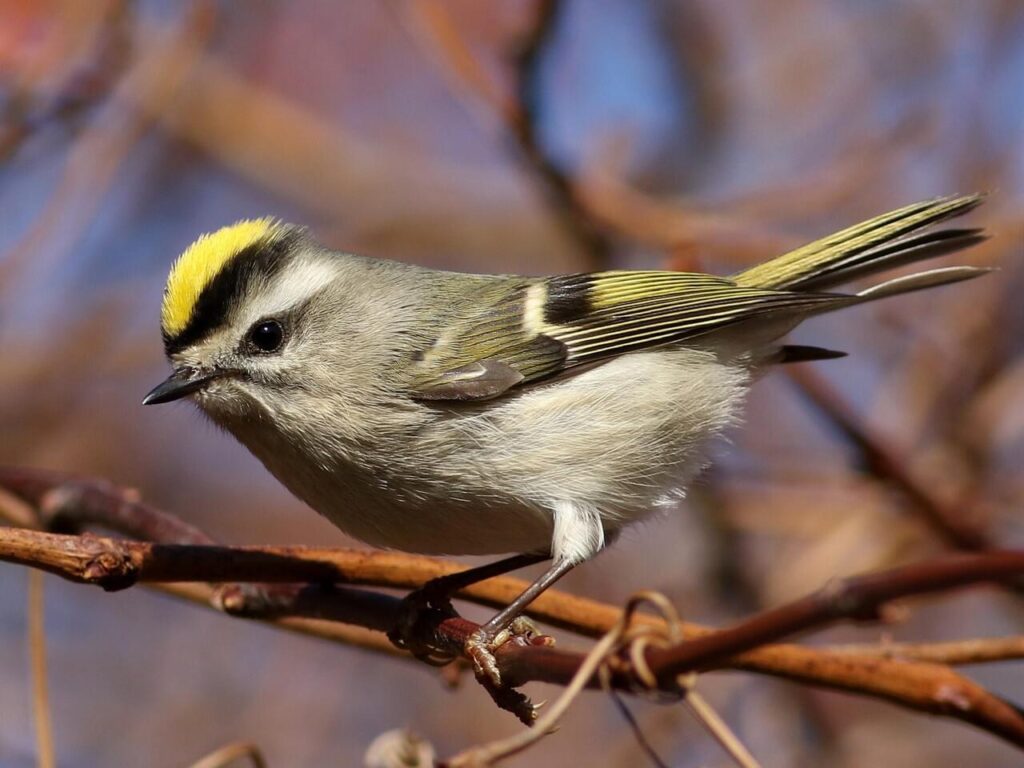
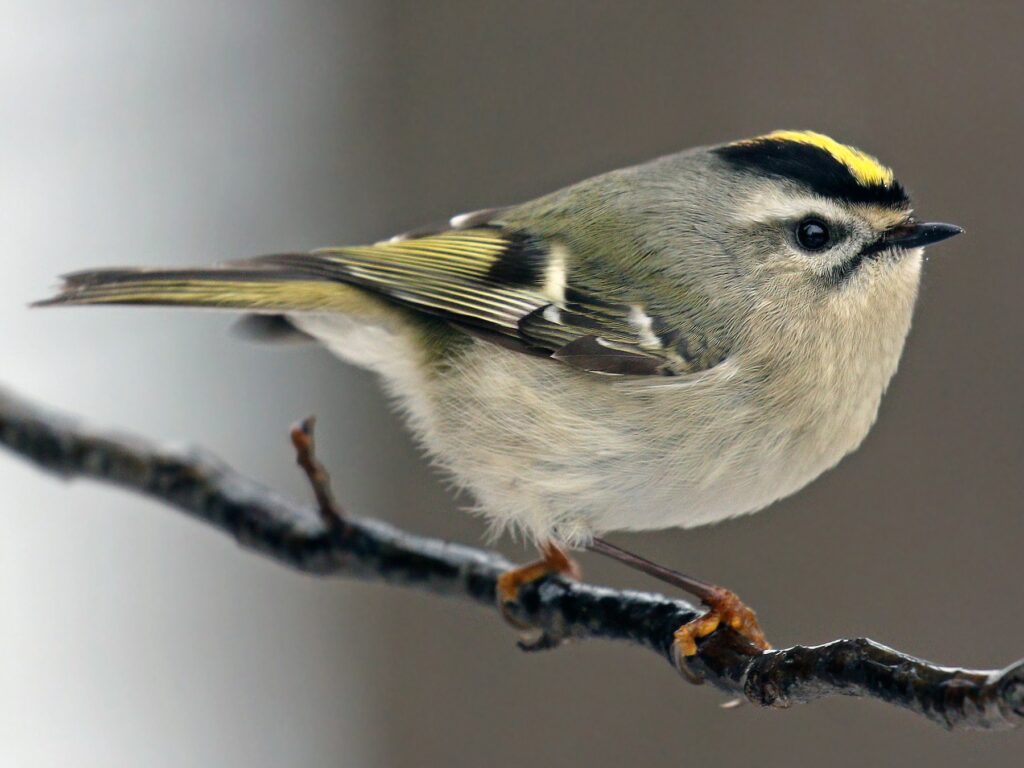
Really appreciate the in-depth description of how to distinguish them from other birds, I mistook one for a Hutton’s vireo on the last quiz, so hopefully, I don’t mess that up again. Also really enjoyed the references and jokes you incorporated, made for a great read.
Thanks Codey! I’m so glad that section was able to help you out.. hopefully it transferred over to the lab exam, yesterday? Also, thank you for appreciating my jokes. I appreciate it (:
Very interesting blog post, Ruby! Your comparison with the vireo and golden-crowned kinglets will definitely help me with my identification skills. I also have yet to see one while birding, but I was able to see one up close during banding – they are quite impressive!
Aw man! I definitely missed out from bird banding, then. After this entire semester, I still haven’t seen them…. Well, there’s always next year! Thanks for the read, I appreciate it.
Great blog Ruby! I really enjoyed your information about identifying these birds. I am wondering, are these birds hard to see in the forests? As you said, you often hear them before seeing them. Is it because they are so active?
Thank you!
Thanks Nicole! Yes, they’re quite hard to see in forests as they prefer the crowns of most trees and are constantly on the move. So if you ever hear them, be prepared to tilt your head up a lot. It’s a bit of a doozy, but nonetheless a great experience.
Since writing this blog, I hope you have got to see a ruby crowned kinglet out in the wild! The current research was very interesting, but did the authors find anything in regards to the communication of female ruby-crowned kinglet?
Lol, nope! I still have yet to see one in the wild ): . It’s okay, eventually! As for the research regarding female kinglets and their communication — unfortunately no. The researched was more so focused on the males due to their nature of song calls for mate attraction and a bit of territorial calls. The females kind of just show up and enjoy the show. Great question, though! I’ll have to look into it more.
Hey Ruby, I love your choice of bird species! Very fitting for your name haha!
Still haven’t seen a ruby- crowned kinglet on any birding trips but they are so distinct and beautiful that I’m sure it would be unforgettable!